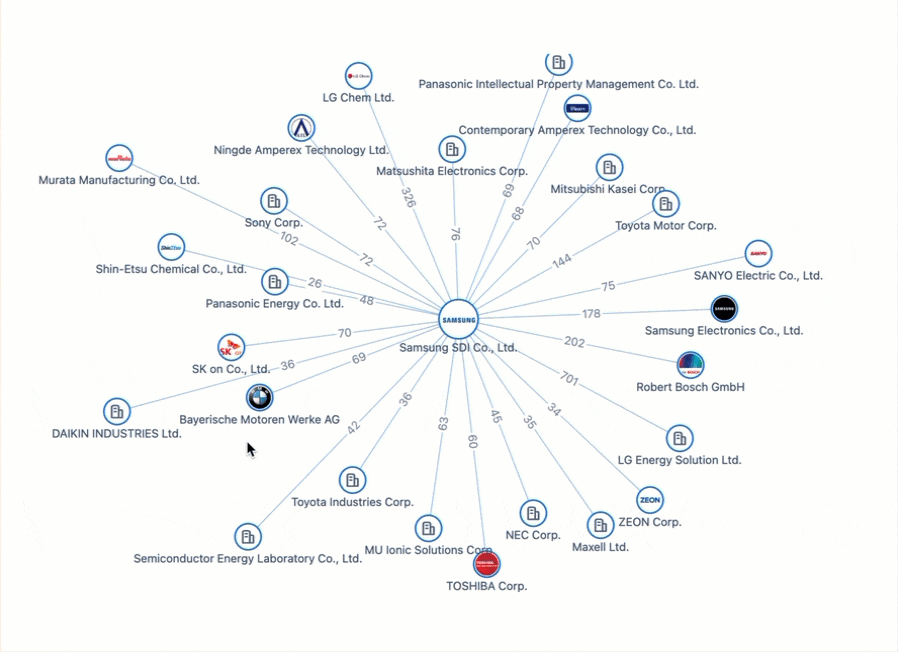Patent valuation methodologies (market value approach)
The market value approach attempts to assign a value of an asset on the open market based on information from similar market transactions.
What is the market value approach for patent valuation?
The market value approach attempts to assign a value of an asset on the open market based on information from similar market transactions.
This approach is used for a realistic analysis of the value of the patent based on consumers and for researching royalty rates in any market1.
The value of a patent is extremely volatile. There are various factors which contribute to the value of a patent, one of them being the market place.
It is important to consider the track record of your product in the market to understand how much the patent is worth. The market approach tries to understand the future success of that product by assessing and comparing similar transactions in that market.
What factors does the market value approach consider?
The market based approach considers the value of transaction by looking at certain factors such as2:
- Royalty rates – by looking at the rate of licensing agreements, certain factors can be assessed and calculated such as the profit margin, market potential, commercialisation costs and capital investment requirements.
- Market capitalisation method – this approach is mainly used by companies listed on stock exchanges. The total value of tangible assets is subtracted from total liabilities and the net tangible assets are calculated. The market capitalisation of company is price per share multiplied by number of shares issued.
- Comparable valuation method or market transaction method – this is an indication by comparing the price at which similar properties have been exchanged between buyers and sellers. It looks at active markets with comparable assets, past transactions of those assets, price information of those transactions and transactions between unconnected parties.
What are the short comings of this approach?
The problem with this approach is that IP valuation is not valued individually. The valuation of a company depends on the value of shares, which can fluctuate and make it difficult to estimate income from intangible assets like patents.
Difficulty can arise when comparing transactions. It may be difficult to find comparable transactions in the market, especially when IP information about third party transactions, such as confidential transactions between parties, is scarce.
Footnotes
Your recommended content
-

Patsnap Surpasses US$100 Million in Annual Recurring Revenue
Category: Article | Category: News/PR
Wednesday, June 12, 2024
Patsnap has reached a significant milestone of achieving $100M in Annual Recurring Revenue (ARR), marking an impressive 20% year-over-year growth in 2023. This milestone highlights the massive and meaningful value our platform brings to over 12,000 IP and R&D teams across 50 countries, driving efficiency, productivity, and collaboration.
-

Introducing Hiro, an AI assistant built for IP and R&D workflows
Category: AI advancements | Category: AI development | Category: AI-tools | Category: Article | Category: artificial intelligence
Tuesday, May 14, 2024
Powered by Patsnap’s industry-specific LLM, Hiro is designed to streamline IP and R&D workflows from ideation to product launch. With its robust AI capabilities, Hiro brings a new level of efficiency, precision, and security to tasks that were once time-consuming and labor-intensive.What sets Hiro apart is that it draws from our large language model that’s been trained on market-leading patent records, academic papers, and proprietary innovation data. This ensures we deliver more accurate and reliable results for every prompt.
-

Powering the Future of Electric Vehicles: The Battle for Battery Innovation and Patents
Category: Article | Category: battery technology | Category: electric vehicle | Category: EV | Category: lithium ion | Category: lithium ion battery | Category: NEV | Category: new energy vehicles
Monday, April 22, 2024
In the ever-evolving landscape of innovation, the electric vehicle (EV) industry stands as a beacon of technological transformation. As we explore the patents propelling the EV revolution, Apple's venture serves as a poignant example of the challenges even industry giants face in this competitive arena. Join us on a journey through the global patent landscape, where the quest for superior power solutions unfolds, and where the true pioneers of the EV revolution are making their mark.